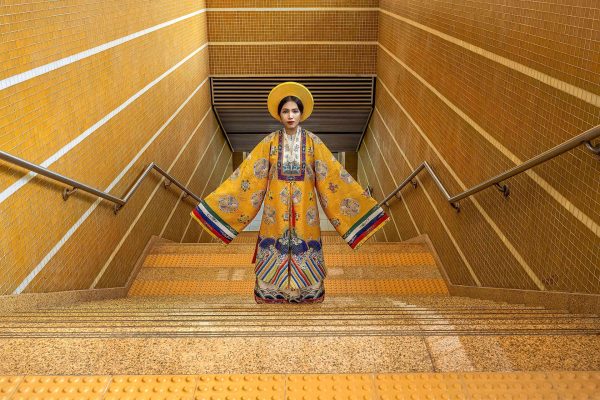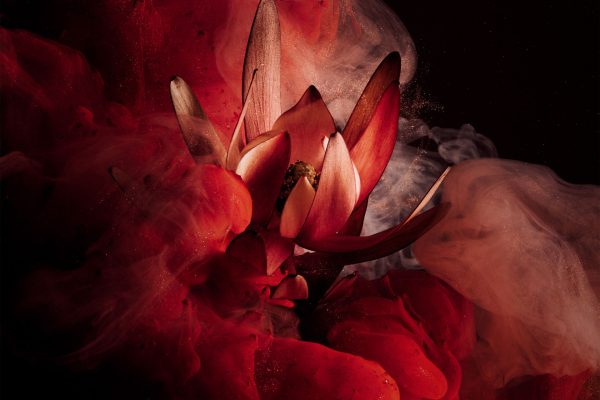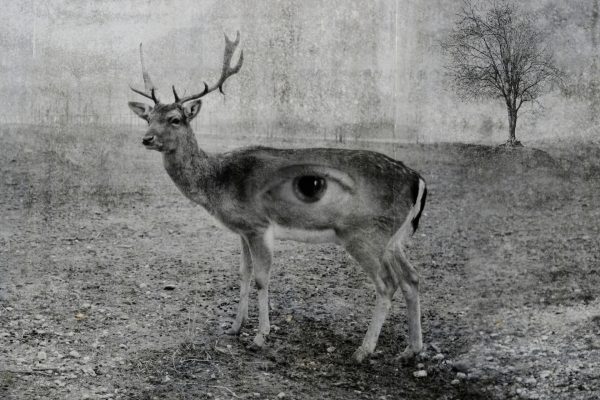Steve Thornton photographed Grimsby Fish Dock in 1990 capturing a dying way of life; he went back 30 years later to photograph a startling transformation.
The FISH TOWN project was only a year-long documentation of a fishing industry about to enter the new European Union (EU) regulations in 1990, which would change the social and economic future of a historic fishing town called Grimsby on the East coast of England. The project ended up spanning 30 years!
The fish docks, where all the fish landings, auctions, filleting, and global distribution, were in a relatively small area called ‘The Kazbah’ (Where did that name come from?). A village if you like, on private land owned by British Associated Ports (ABP). Drivers needed no license, no MoT’s, jobs were on a family basis, or an interview was as simple as, ‘let’s see how fast you can fillet Boy’. Health and safety rules were still in the Victorian era and everyone knew everybody either by a nickname or some other namely wording. The ‘Kazbah’ pub opened at 6 am and the smoke-filled cafe’s bustled with all-day breakfasts, steaming tea urns, and banter that should have been scripted for ‘Live at The Apollo’ (a famous London comedy theatre).













































